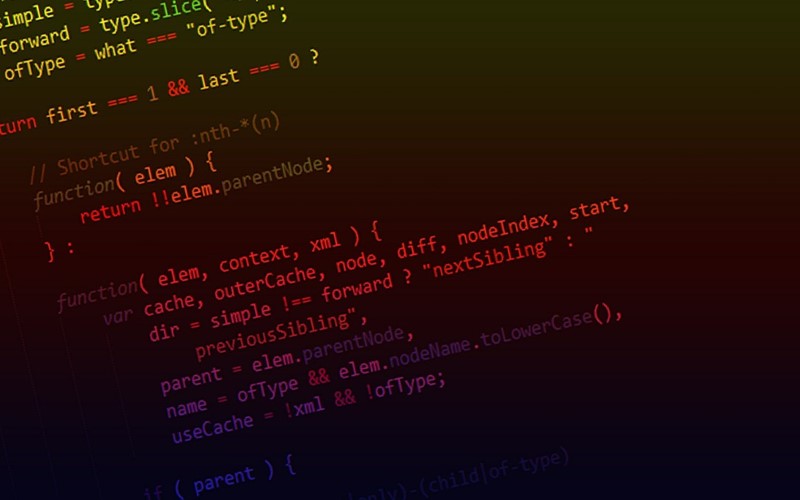
Application development is a multi-step task. One of the stages is the choice of a development tool. Among the popular JavaScript frameworks, three options are popular at once:
- Vue JS
- React;
- Angular.
According to some developers, Vue sits between Angular and React. In its approach, Vue JS is very similar to AngularJS: components are developed (according to best practices) in a single file, in which HTML code (separated by <template>), styles (in <style>) and JavaScript Code (in <script>) … Different meta information should be posted in the component – as is the case with Angular and AngularJS. The amount of code (template) required for this is lower than with Angular, but higher than with React. As with Angular, routers and other useful components / functions are shipped directly. What to choose and what differences can still be highlighted – we will consider within the framework of the material.
A bit about criticism of Vue
Development experts like https://fireart.studio/hire-reactjs-developers/ know and understand a variety of frameworks, allowing you to use each of them in a specific situation. Vue can be assessed by such components as:
- templating languages (directives) as they also exist with Angular;
- many developers lack the same flexibility that is present in React;
- React can develop components even faster than Vue with less code.
However, the real downside to Vue is the fact that various third-party libraries are mostly available in Chinese as Vue is especially popular in China.
The positive side
What many developers love about Vue is that the template, style, and script are all written in one file. A very strong command line interface and good tools mean that Vue can be launched very quickly. This is why Vue is said to be easy to learn.
React is primarily JavaScript
In my opinion, React is very suitable for developers who mainly work with JavaScript. For example, the React company Fireart, where experts were able to adequately assess the capabilities of this programming language. Unlike other technologies, almost everything you use is “just” JavaScript:
Components can be created using classes, but it is better to do this using compact functions.
The HTML of the components is written directly in the function / class in a JSX form and does not require an additional HTML file (like in Angular).
JSX is very close to HTML and, unlike the other two technologies, does not require special syntax for the templating language. For example, instead of the [ng-for] or v-for directives, Array.map is used for loops.
Unfortunately, JSX is not just “just” HTML with JavaScript. There are several limitations for JSX here.
React: high flexibility
Regardless of the syntax, what many people love about React is the flexibility and speed with which you can develop individual components. Outsourcing reusable components is as easy as pulling a function out of your code. The fact that this step is so simple and straightforward also means that you are practically animated to create reusable components. This process is further enhanced by the fact that components in React are just functions.
Due to the popularity of React, the choice of available third-party components is greater than with the other two technologies. You can find at least one third-party component for almost all themes, usually several. Note. However, when choosing the correct 3rd component, you should proceed as carefully as when choosing the correct technology.
Summing up
In terms of the learning curve, React sits between Angular and Vue by some with more experienced programmers. Getting started with React is fairly straightforward, but more complex topics can be complicated by the large selection of options or solutions that seem confusing at first. However, to be able to learn and use React comfortably, you need to have a good knowledge of modern JavaScript development.
When it comes to getting started with languages, Vue may seem easier if you don’t have a solid basic knowledge of JavaScript. In Vue, an understanding of Vue-specific syntax and a basic understanding of JavaScript are enough.

